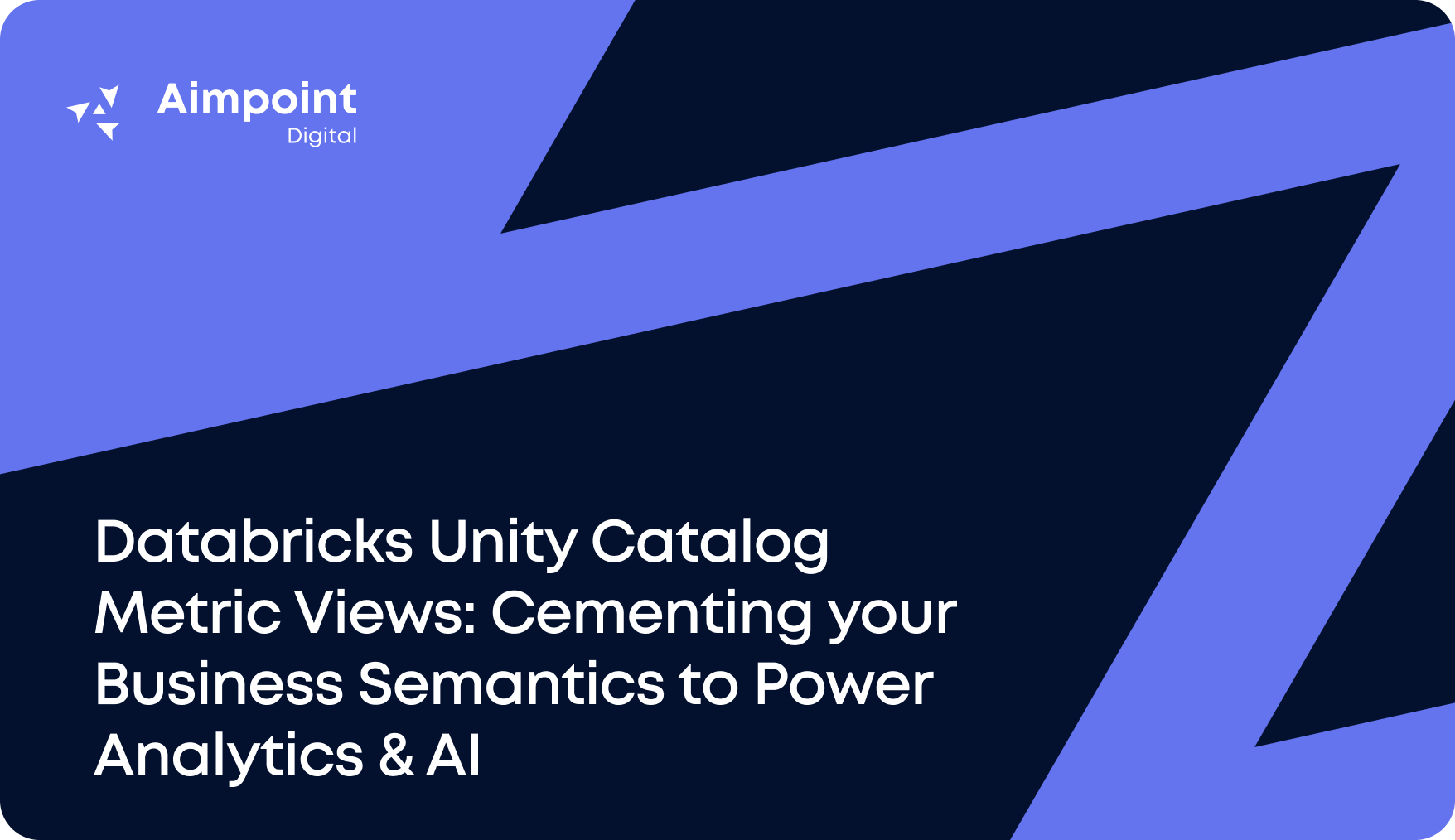After showing what real estate analytics can provide, I want to highlight our three pronged approach to returning that value. Aimpoint’s approach to real estate analytics utilizes cutting edge technology and advanced techniques. As the edge of Data Science moves ever onward, it is important to leverage advanced tools and to find powerful new combinations of existing methodologies. At Aimpoint, our approach to real estate analytics combines the location analytics, already covered in the post mentioned above, with demand forecasting and network optimization. This powerful combination of capabilities allows us to provide holistic real estate insights across industries.
Demand Forecasting
At its core, forecasting is the ability to predict an outcome. Knowing what will happen before it does would aid any planning effort or decision-making process. It is in that universal appeal that forecasting can provide such tremendous value. By being able to answer a host of common business questions – how much my stores will sell, how many trucks will be delivered – demand forecasting gives users the ability to optimize a variety of business goals. Armed with accurate demand predictions, users can set optimal inventory levels to both meet demand and minimize excess stock. This ability to make informed decisions can be a foundational piece of successful strategic decisions.
Network Optimization
Many operations and business problems can be mapped and solved with network theory. A company trying to place its corporate headquarters will want to consider the ideal location that minimizes commute times, while maintaining important industry connections. Retailers want to understand and minimize distance to both customers and suppliers. This ability to pursue goals across multiple spatial relationships is the core of network optimization. An optimized network will have ideal locations that reduce transportation and handling costs, decrease time to serve customers, and allow a business to better prepare for unexpected events.
A prospective use case – how all three blend together
Let’s take a national retailer with thousands of locations. Our fictional company lacks insight into its market penetration and cannibalization of sales after recent merger & acquisition activity. To make things even more relatable, it is a time of market uncertainty. We will start with spatial analytics to provide important context and initial insights. Using resources like accurate traffic datasets and advanced modelling of demographics, we can develop a customer segmentation model and clearly define store trade area boundaries. These insights will form the foundation for our demand forecasting and network optimization efforts downstream.
Next, advanced demand forecasting will be performed utilizing multivariate models with feature engineering and model selection informed by spatial insights. Model formulation and iteration will need to be innately intertwined with overall business goals and industry context to ensure value capture for our fictional company. This modelling will allow stakeholders to quantify issues of cannibalization and market performance through multiple rounds of testing and projection. Results will also be dynamic across scenarios, allowing users to see multiple possible outcomes. As nice as it would be, there is no one solution. Each problem will require careful consideration of the best approach and evaluation of tradeoffs.
With spatial context and tailored demand forecast in hand, business questions can be directly answered with well-defined network optimization criteria. If our fictional company wants to go a step further and target a high performing customer segment, expand their store footprint where an opportunity is identified or consolidate store footprint where the market is saturated, they now have a sophisticated model with which they can test various scenarios. Utilizing our previous insights, we can optimize across these multiple variables with relative ease.
Any organization, especially in a time of such economic uncertainty, making decisions about expansion, consolidation, merger & acquisition, or even simply trying to reduce costs across its current footprint, can benefit from the powerful combination of insights that our approach to real estate analytics provides.
Aimpoint Digital will help you take an idea from thought through execution. This collaborative journey will enable you to get the most out of your data and technology investments. Contact us to begin your acceleration process.




